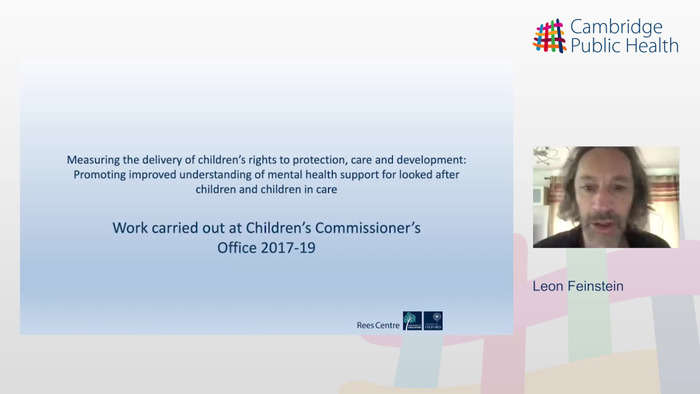Abstract
The vulnerability framework of measurement and voice was developed by the office of the Children’s Commissioner for England between 2017 and 2020 to provide a general approach to understanding levels of need, vulnerability and risk amongst children and young people. We developed a taxonomy drawn from systematic and multi-disciplinary literature review and identified 70 indicators that were our best fit to 7 categories of need, vulnerability and risk. For each we reviewed information for England on numbers of children indicated (demography), their views and experiences (voice), and what they receive by way of public services expenditure (finance). This work should be nested within a wider framework of measurement of capabilities. Particular areas of concern identified include children in mental health detention and other unofficial secure settings and children with insecure immigration status. We identified substantial gaps in measurement across most indicators in the domains of demography, voice and financial information.
Video

Supplementary materials
Title
Acknowledgements
Description
I’d like to acknowledge the vital funding and support for this work from the Children’s Commissioner Anne Longfield. Important contributions to the work were made by Christina Olympiou, Nick Spyropoulos, Geoff Mesie, Stephen Boxford, Haroon Chowdry, Martin Lennon, Alice Miles, Tom Clarke, Shruti Pandya, Neil Smith and Muslihah Albakri amongst many others.
The work was conducted in the delivery of the Children’s Commissioner’s statutory responsibility to promote and protect the rights of children in England.
Actions



